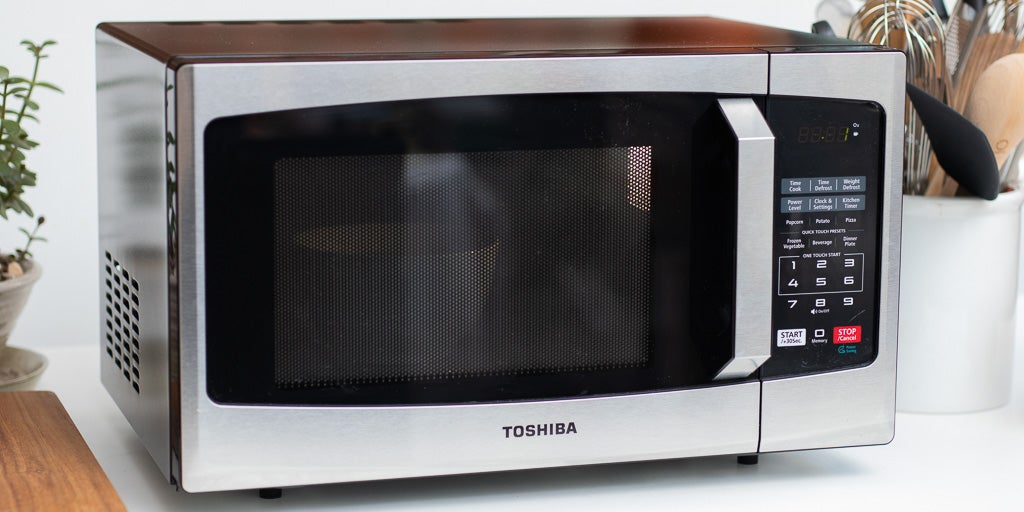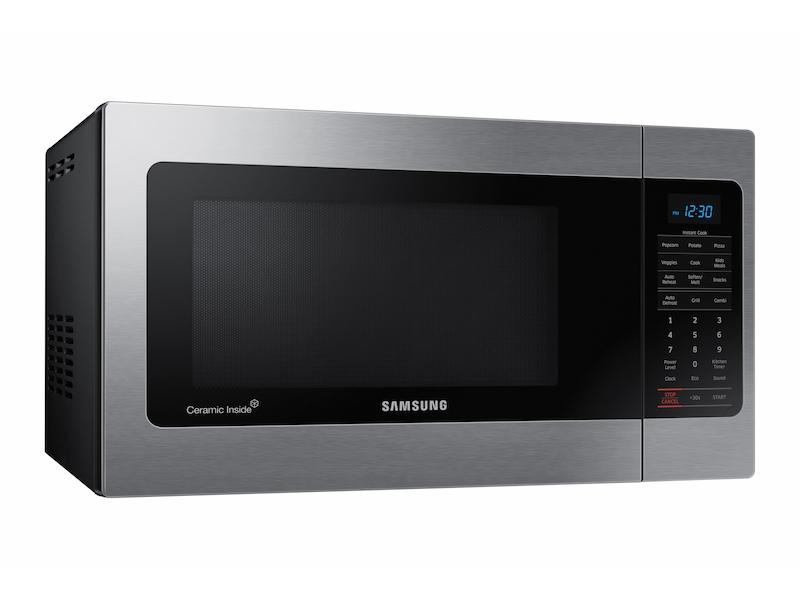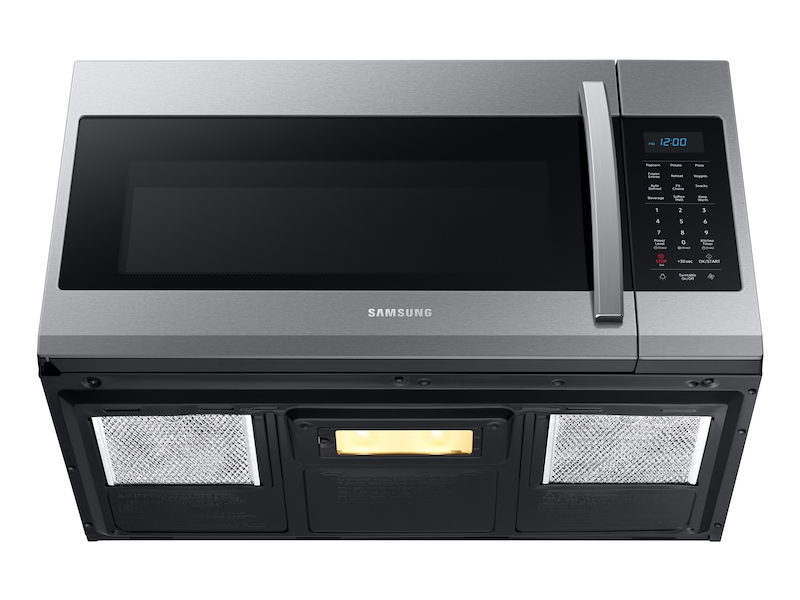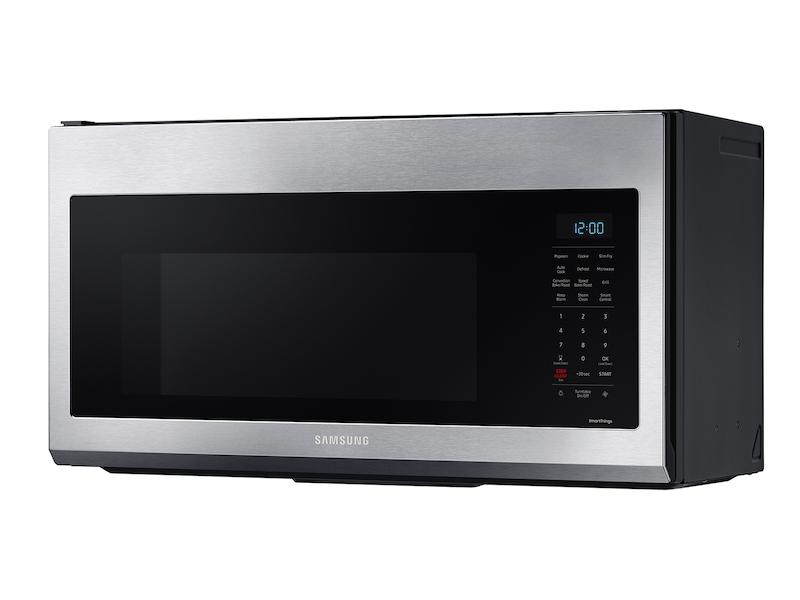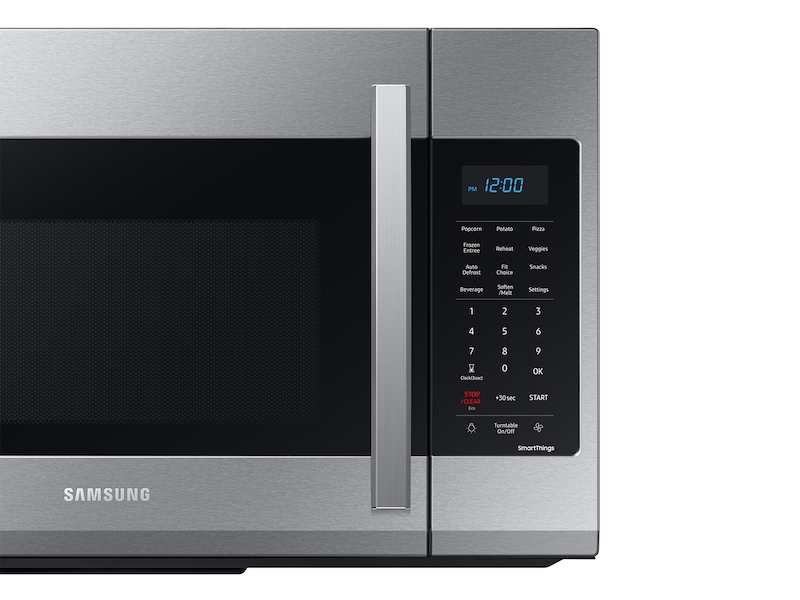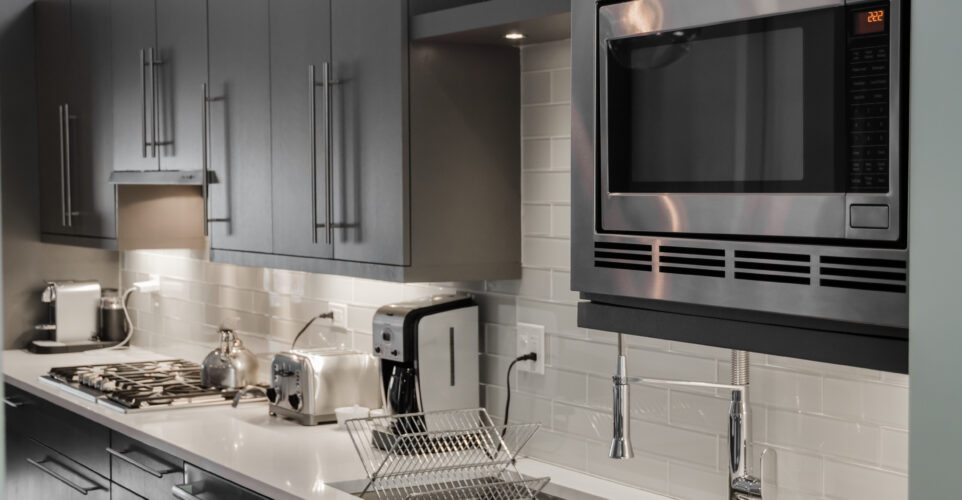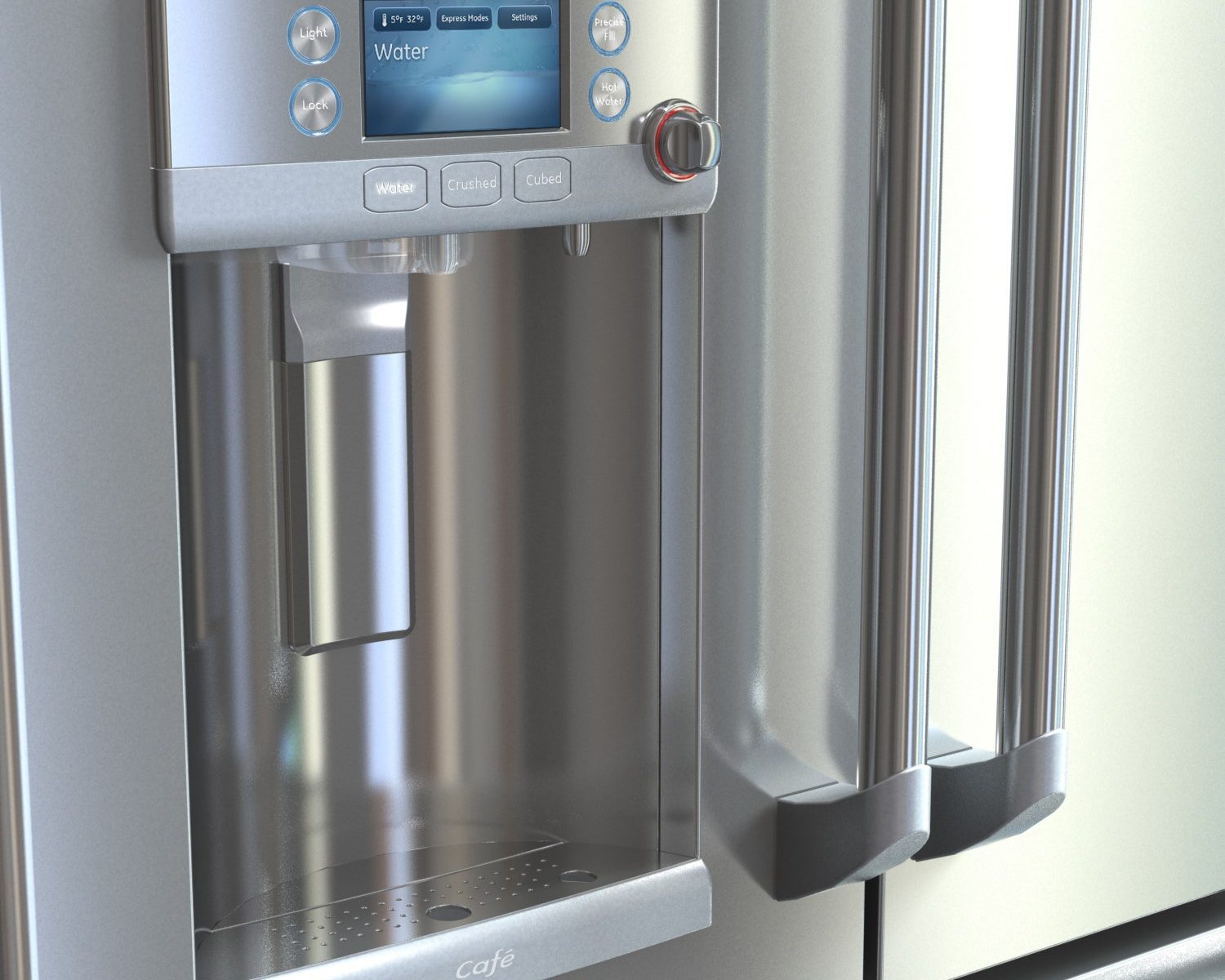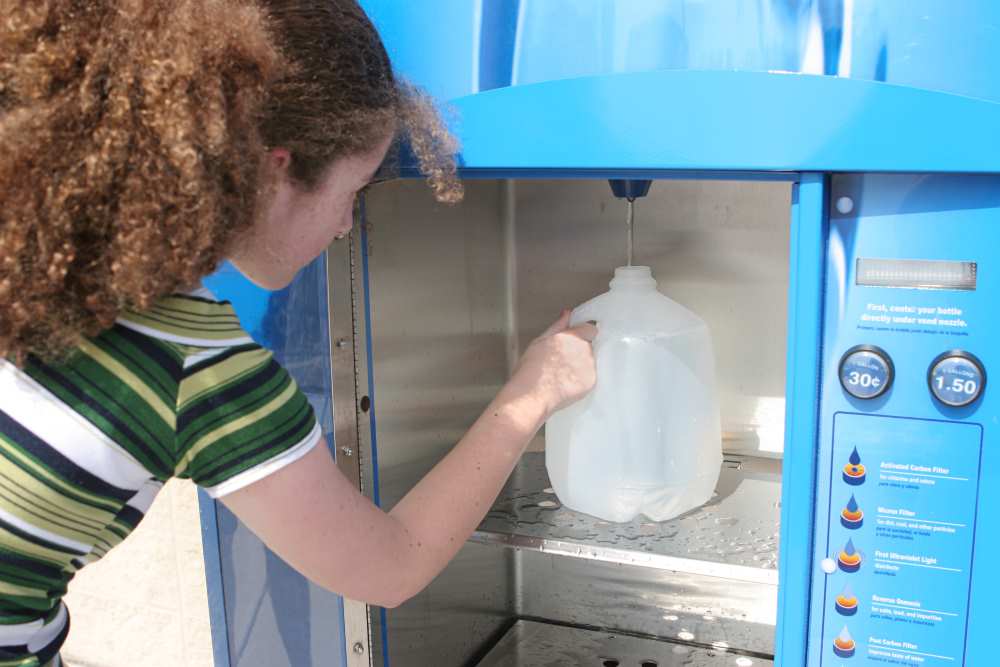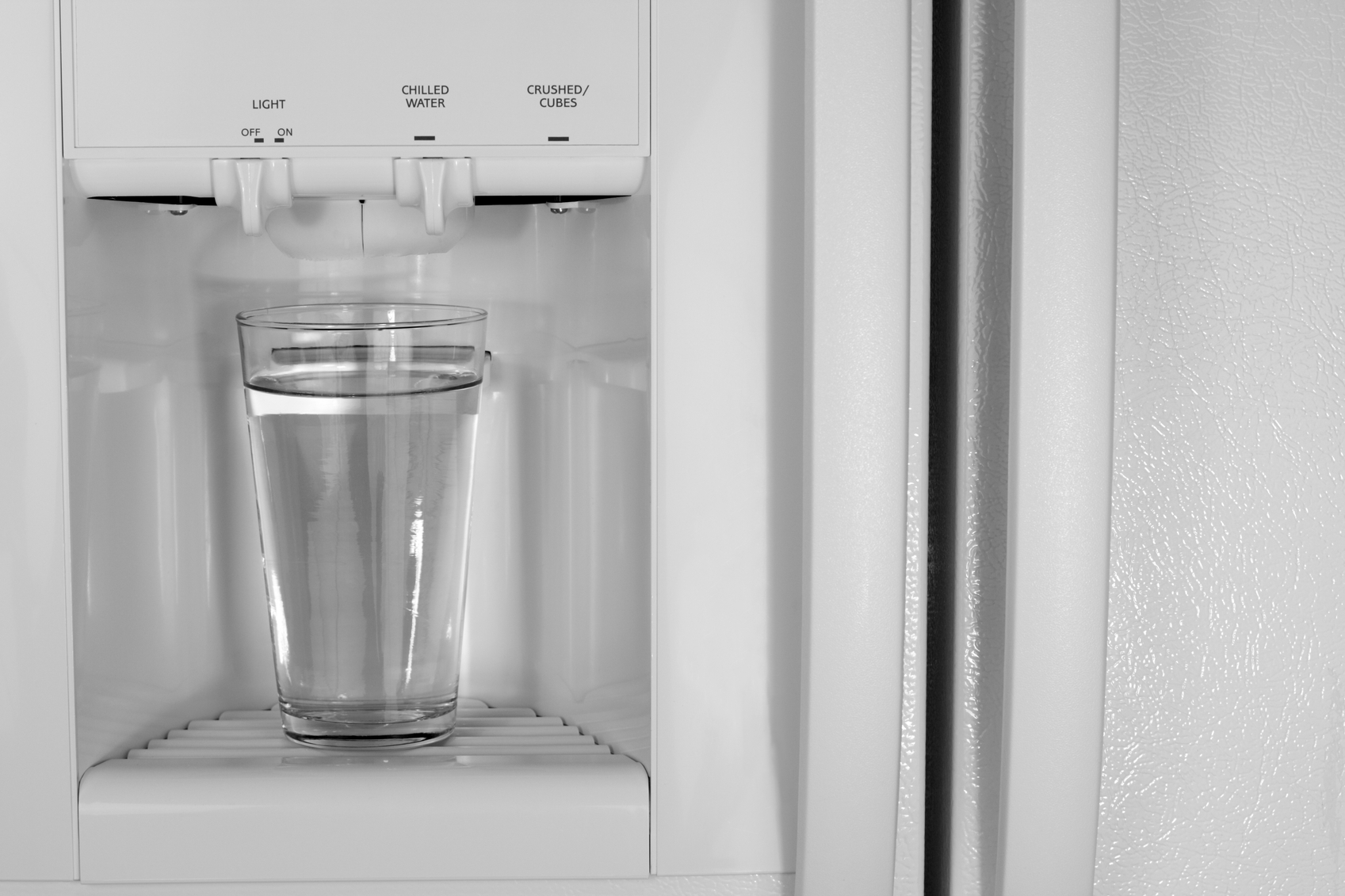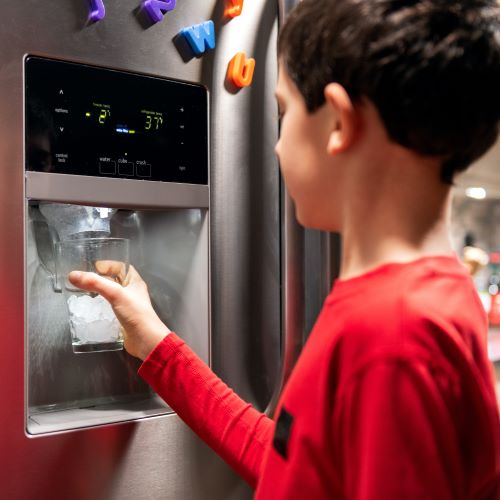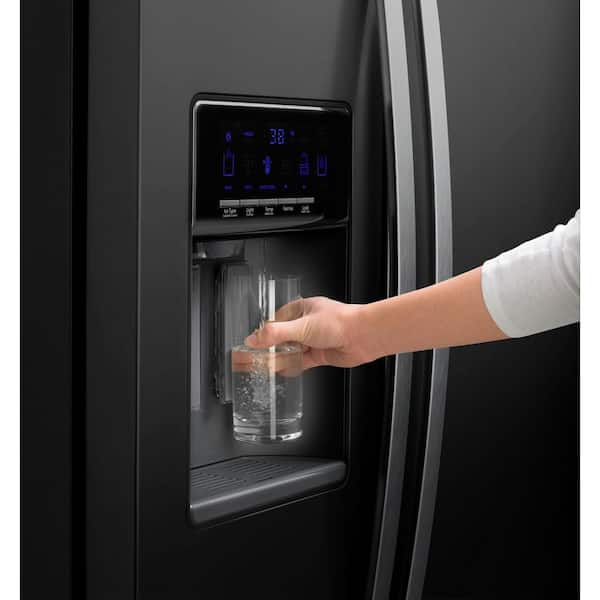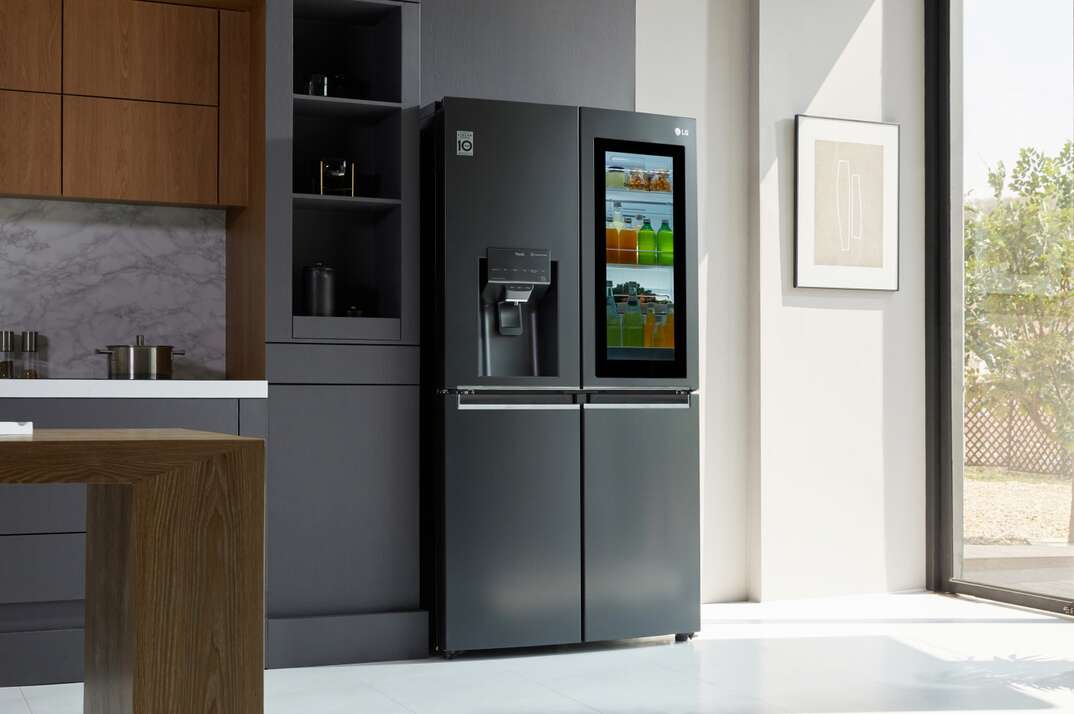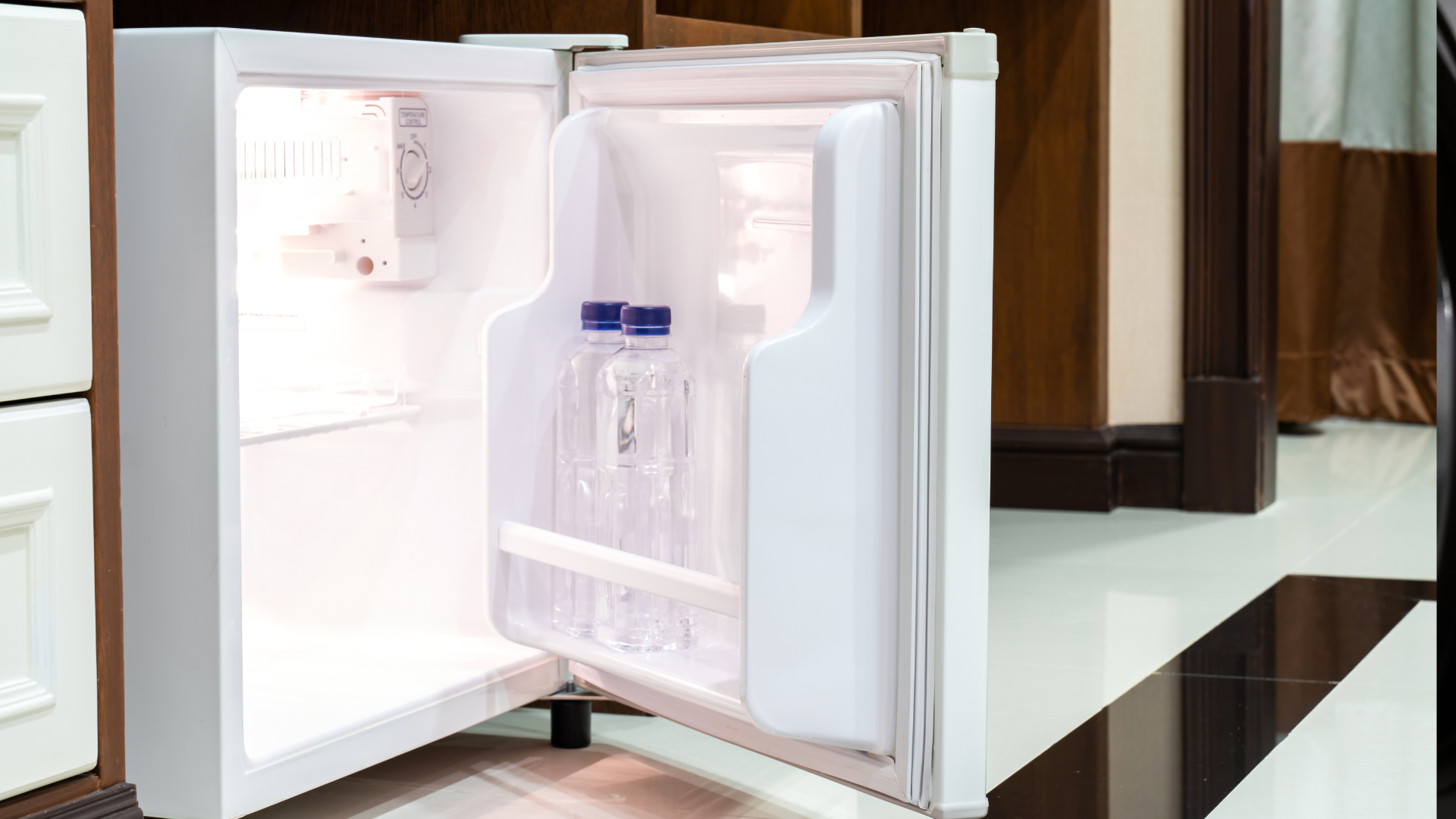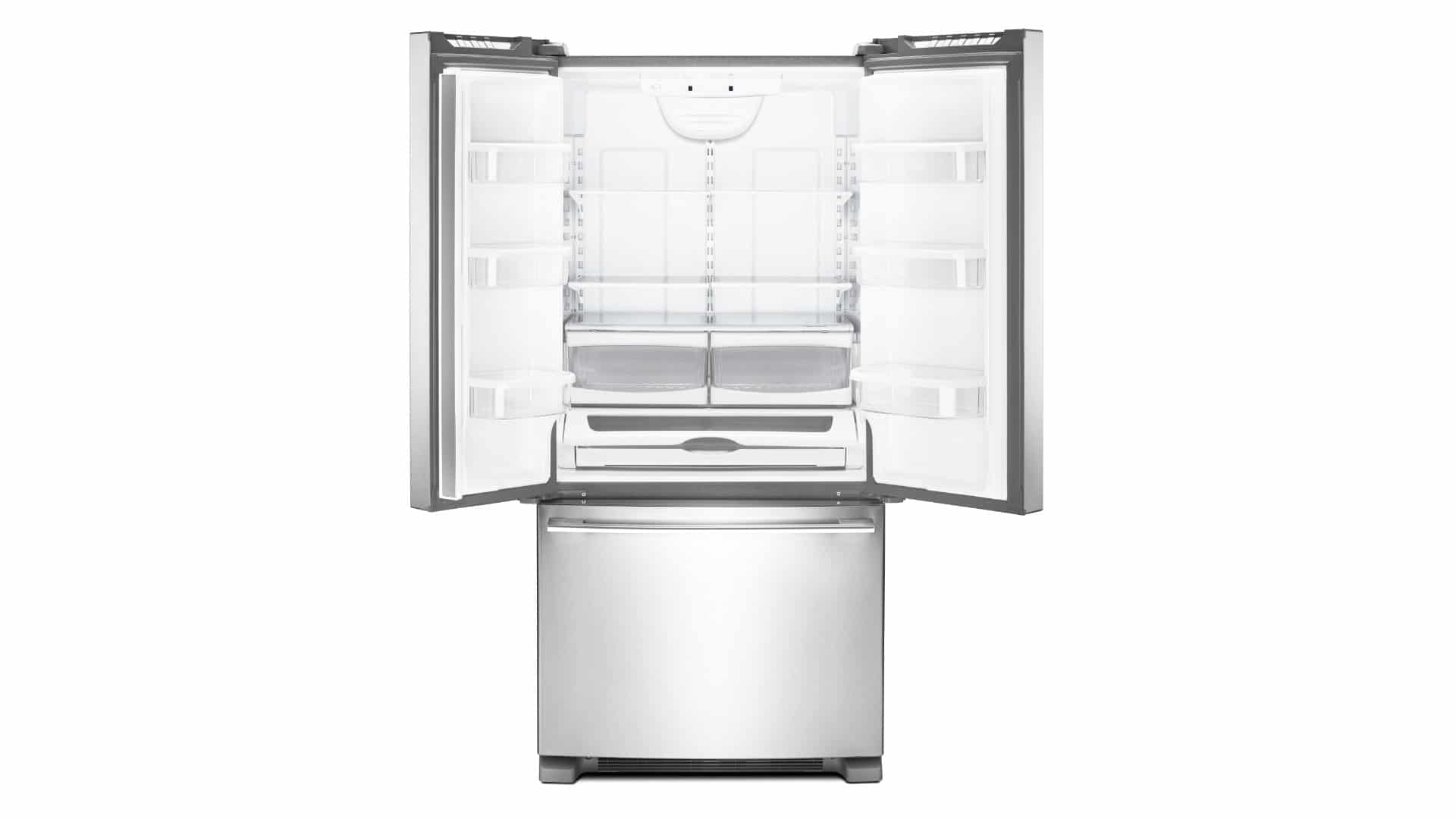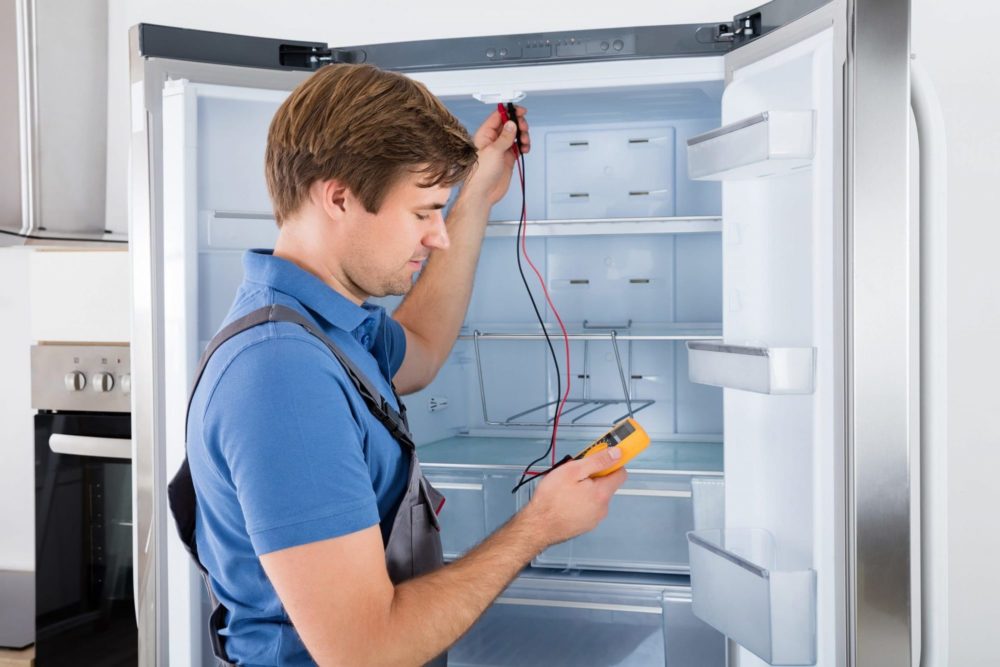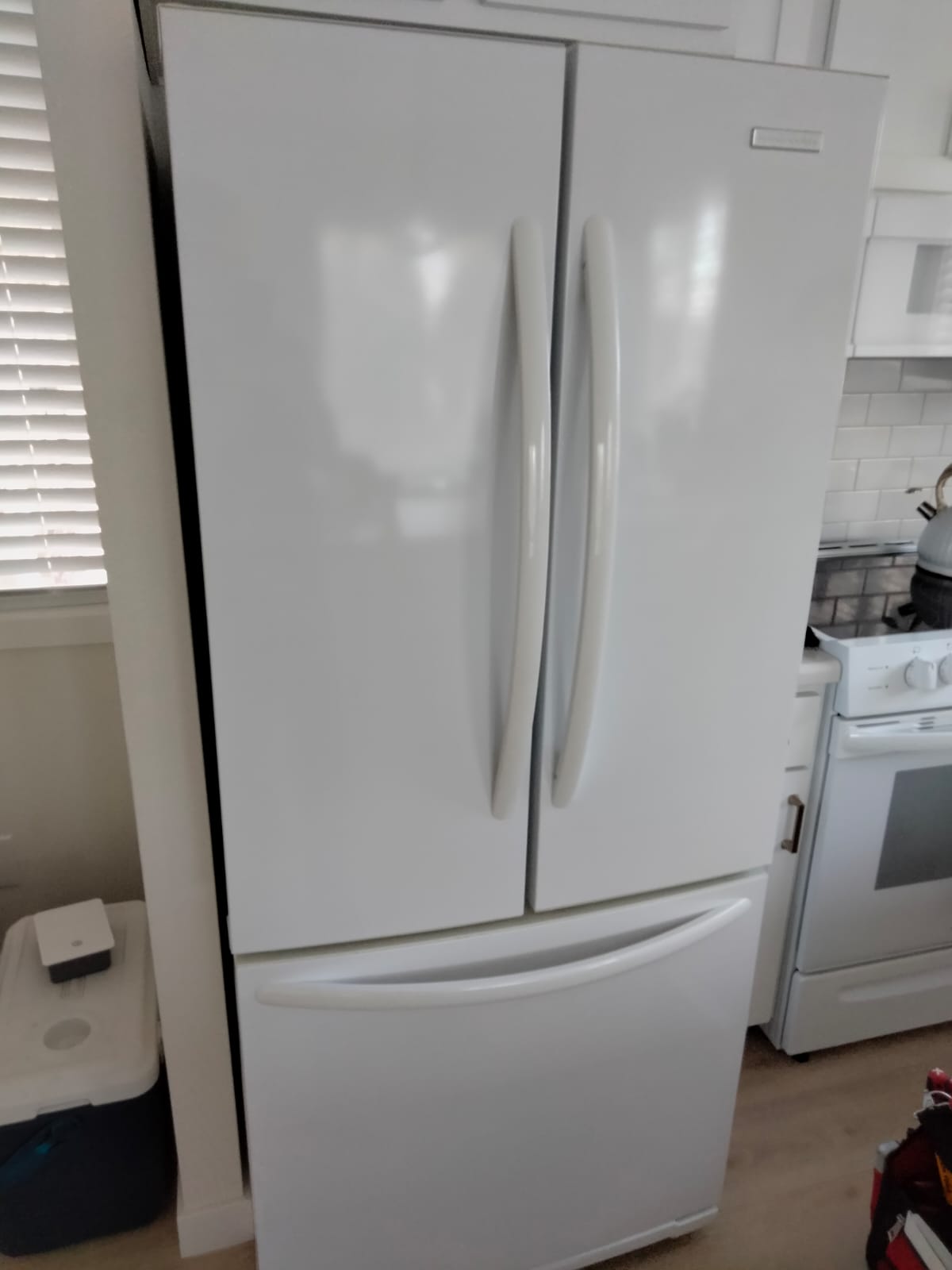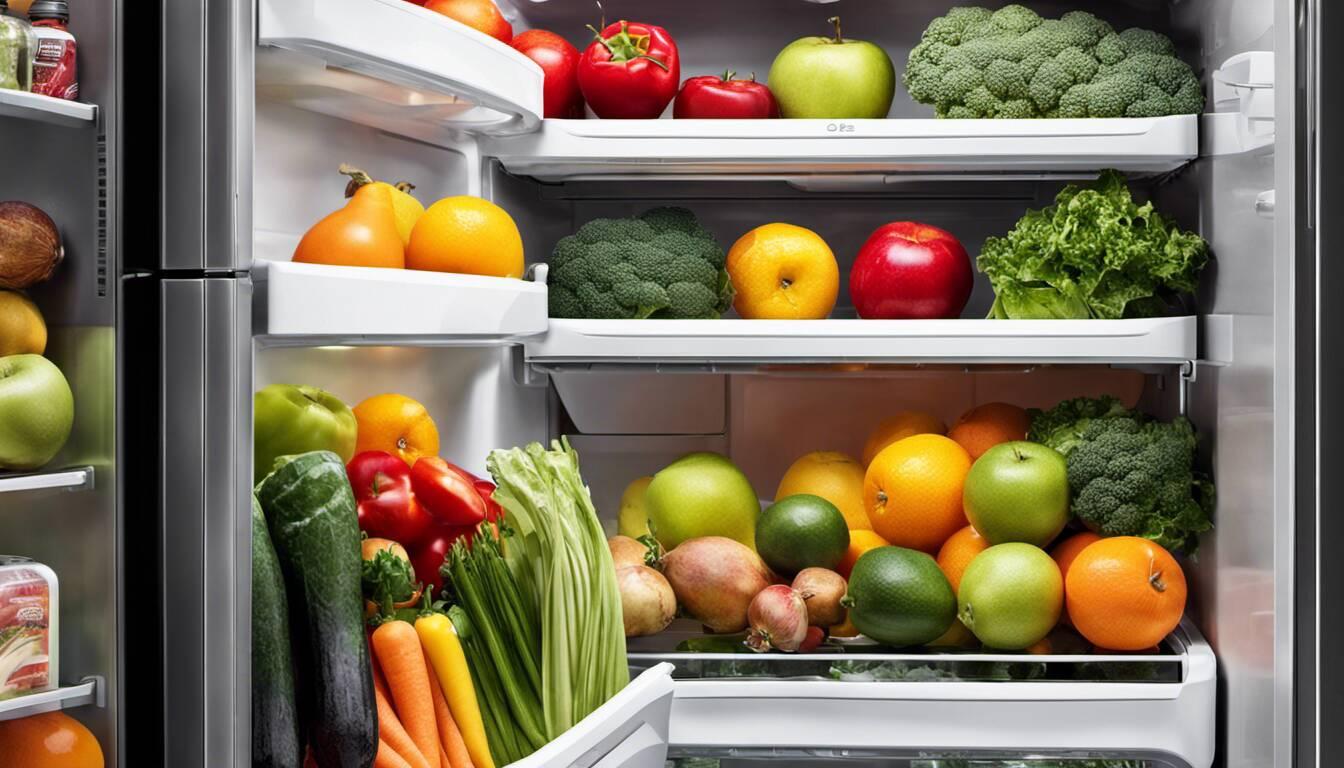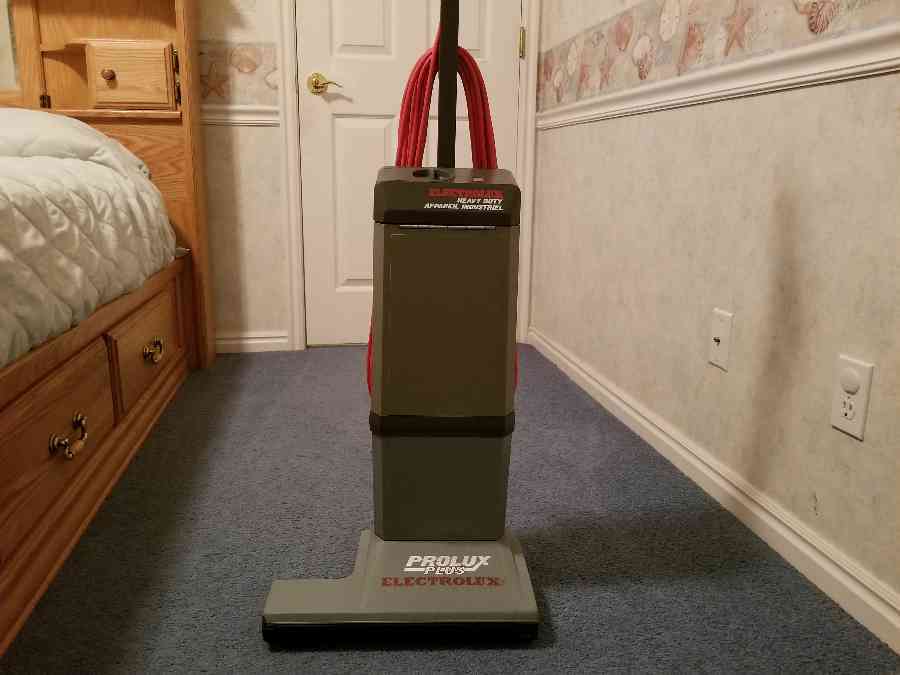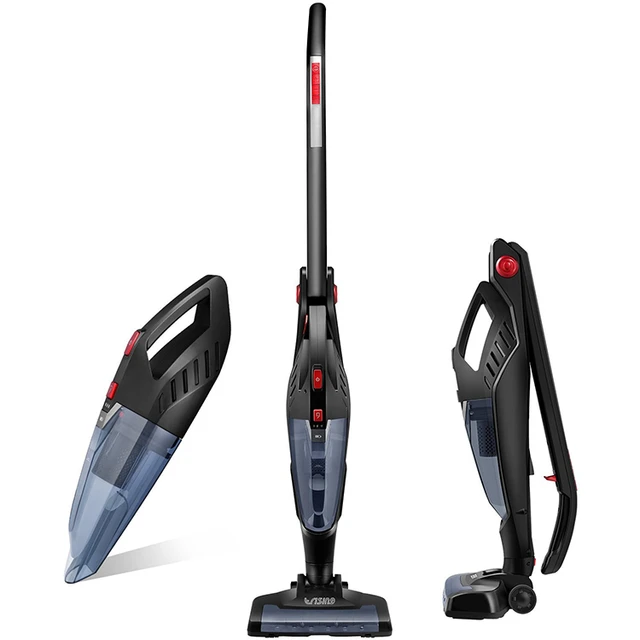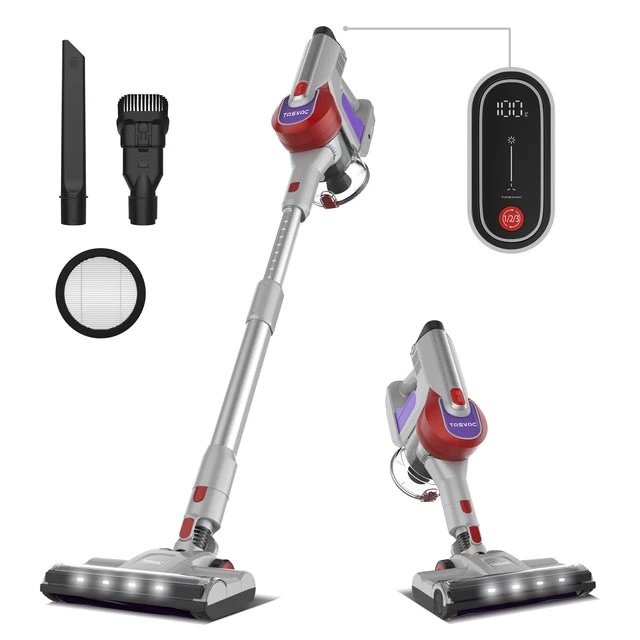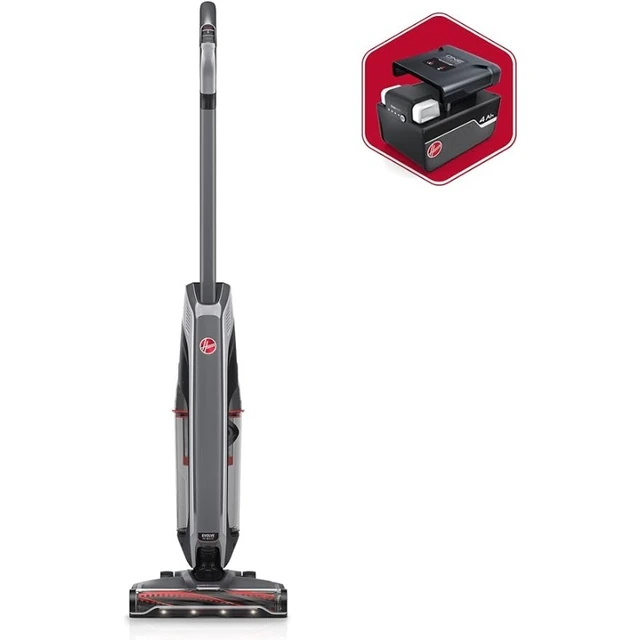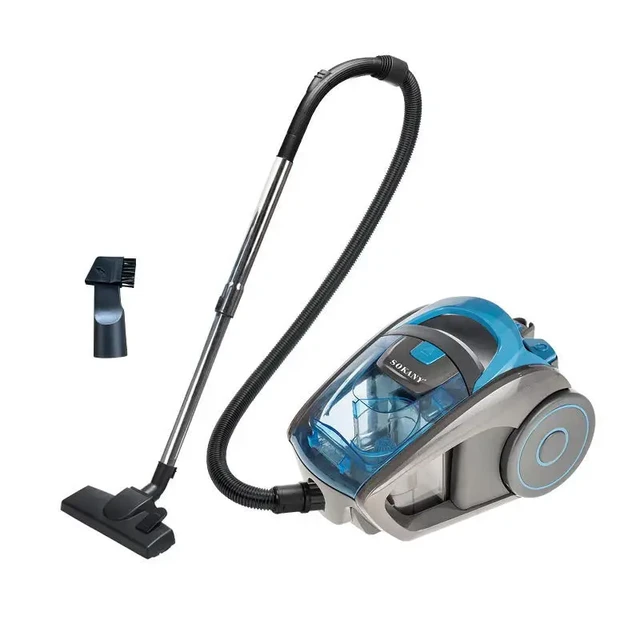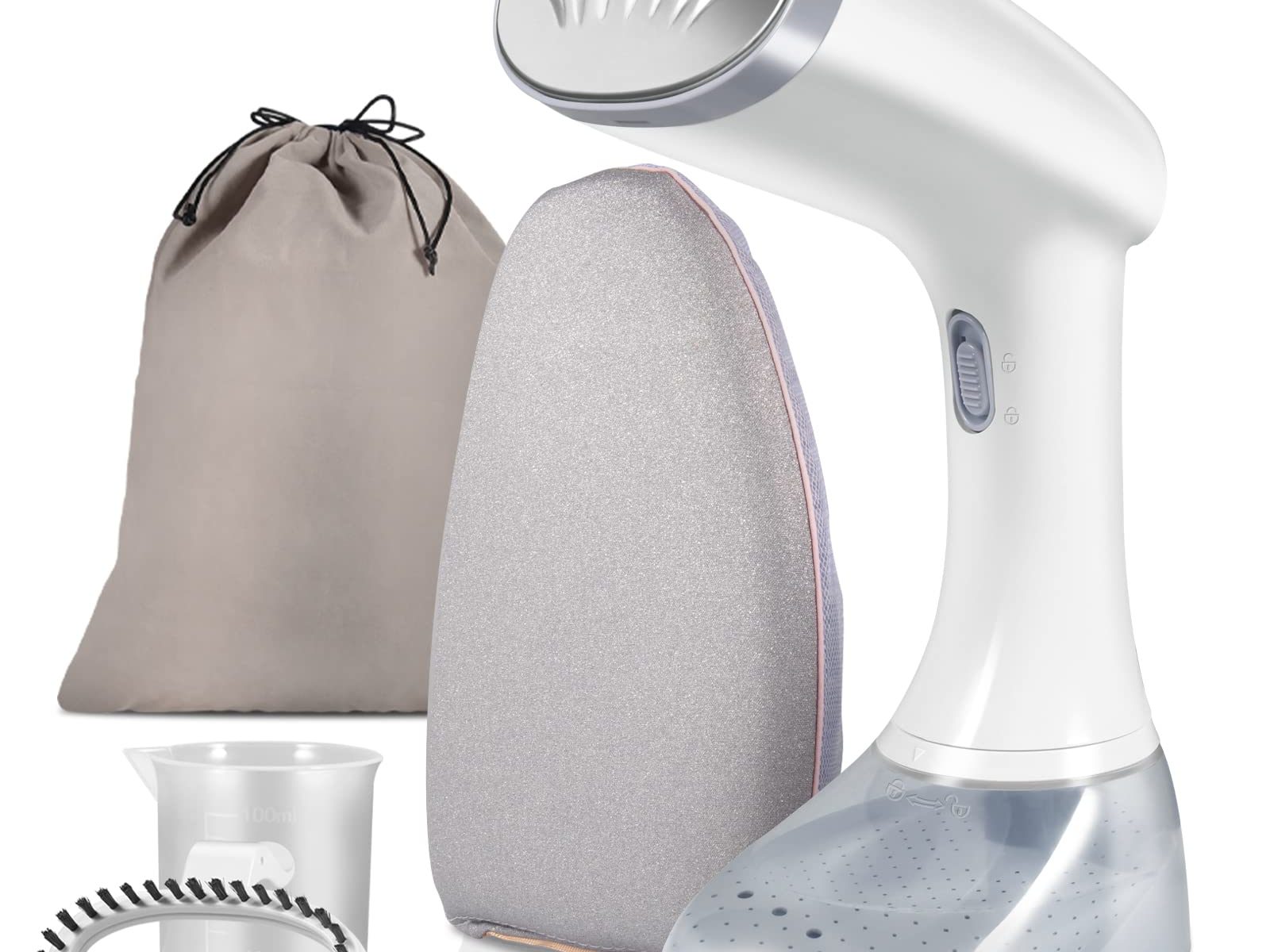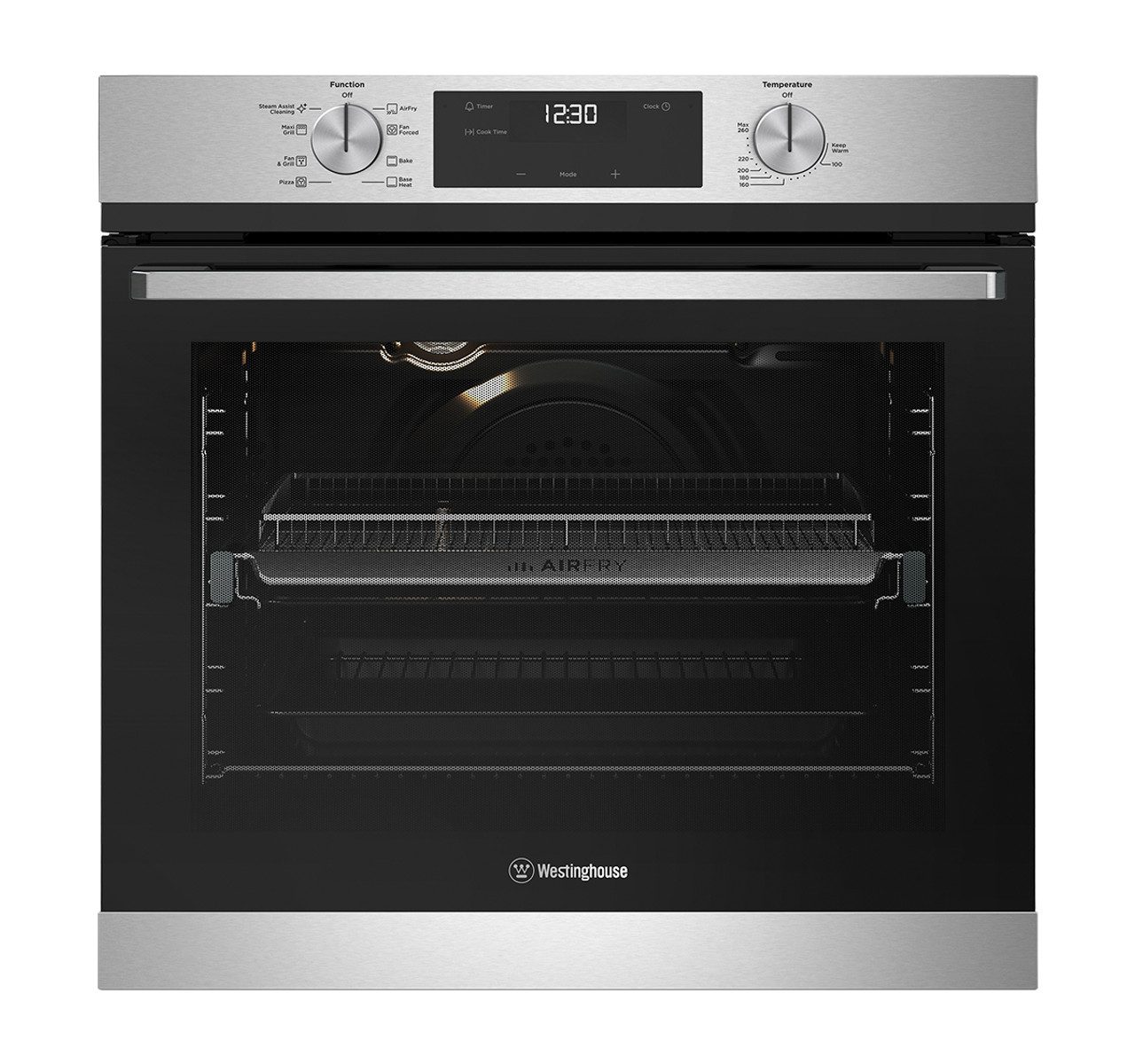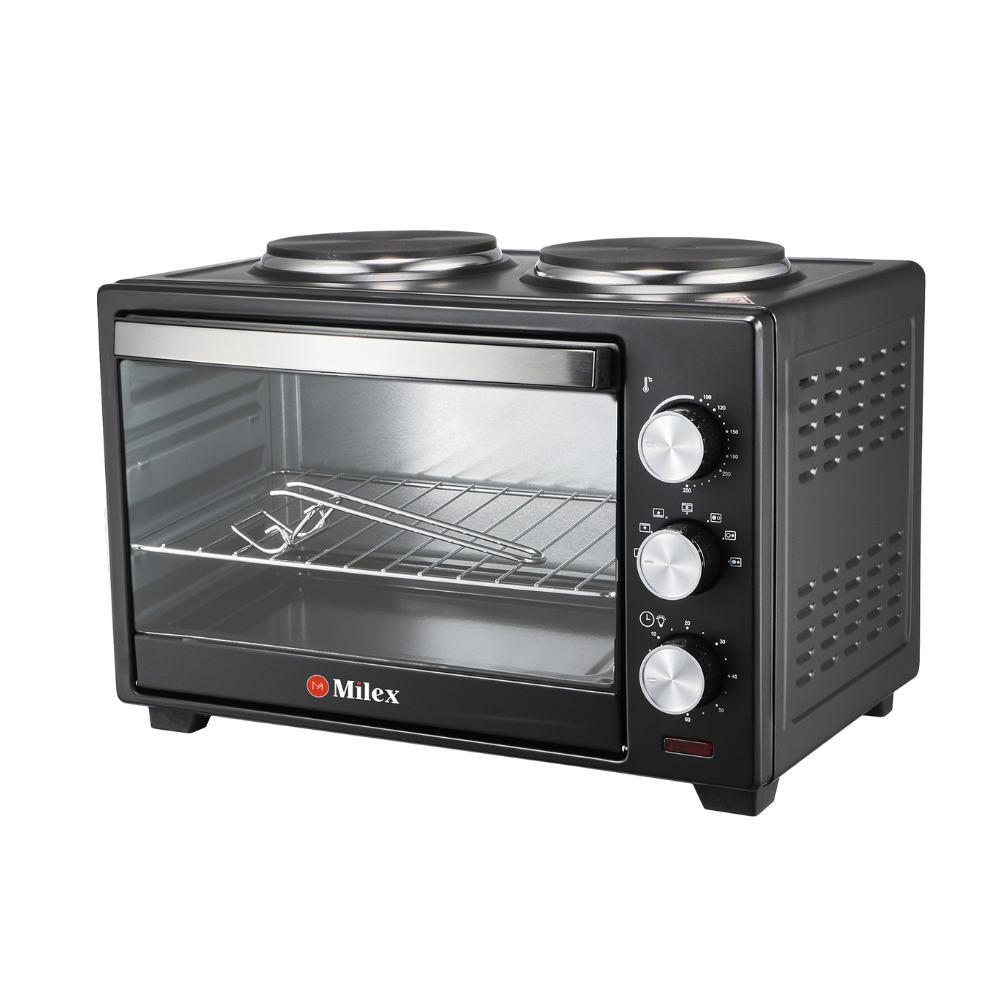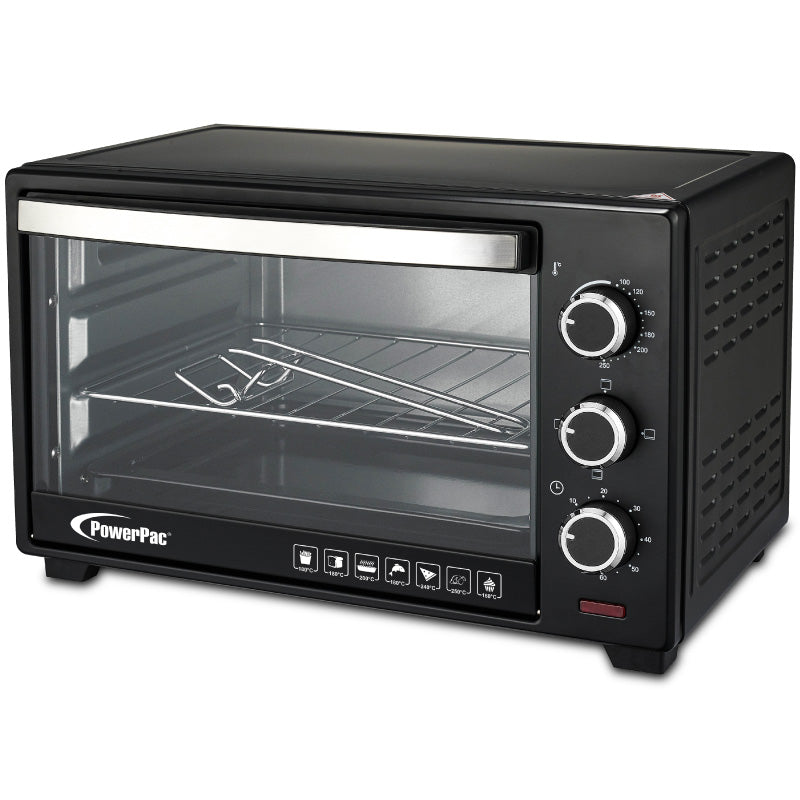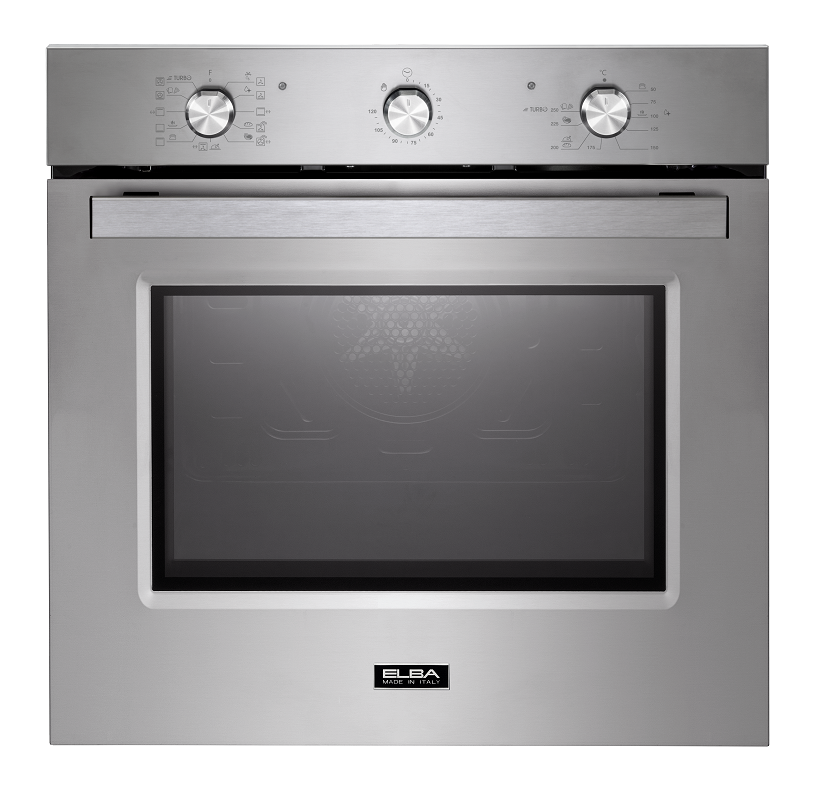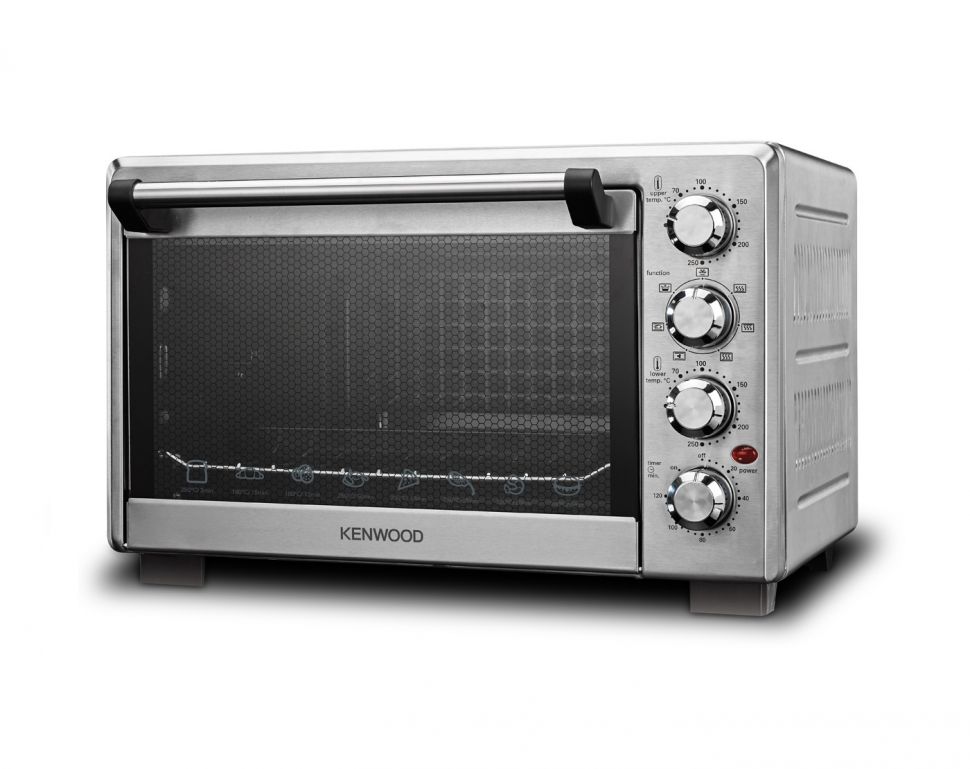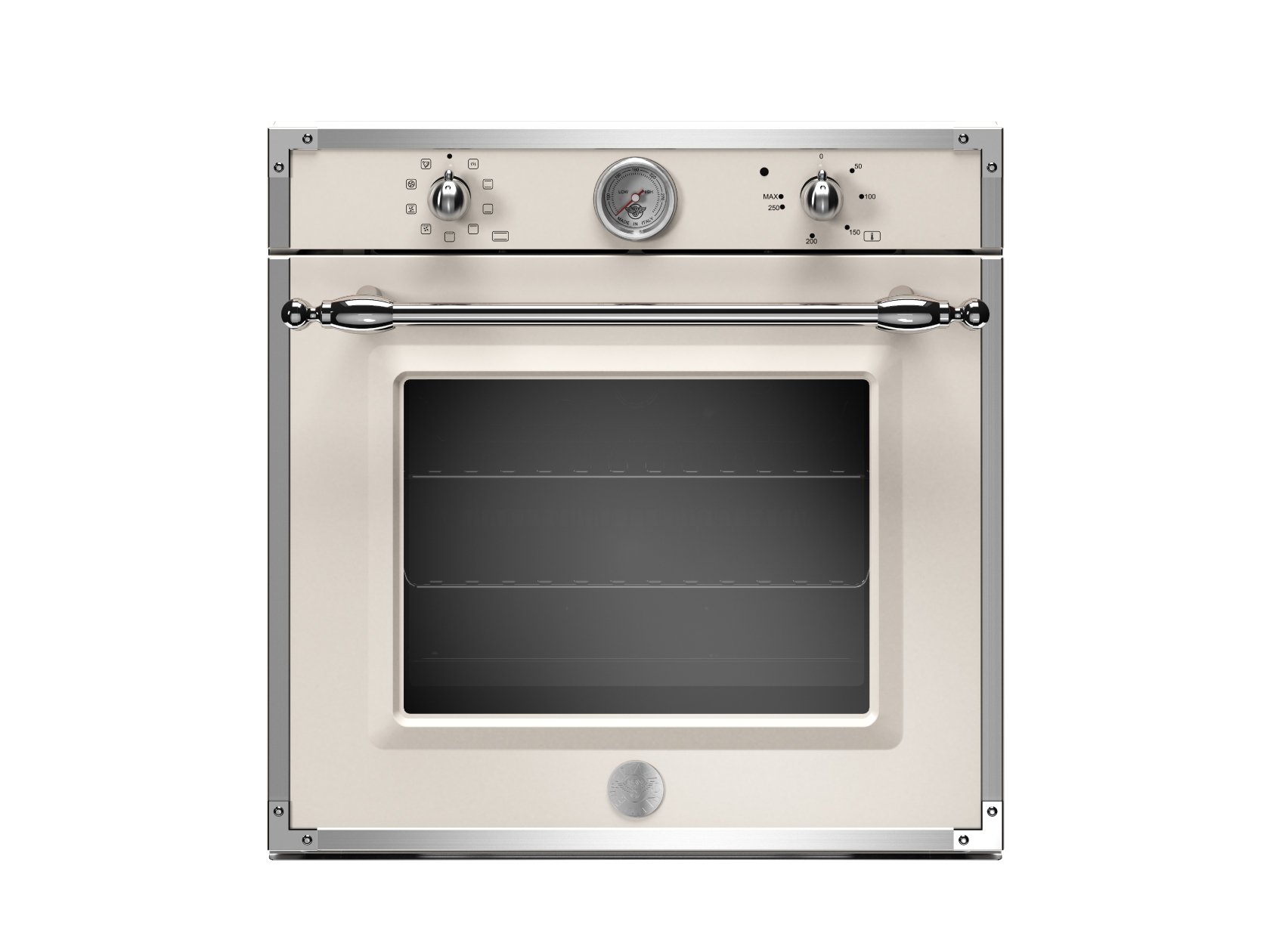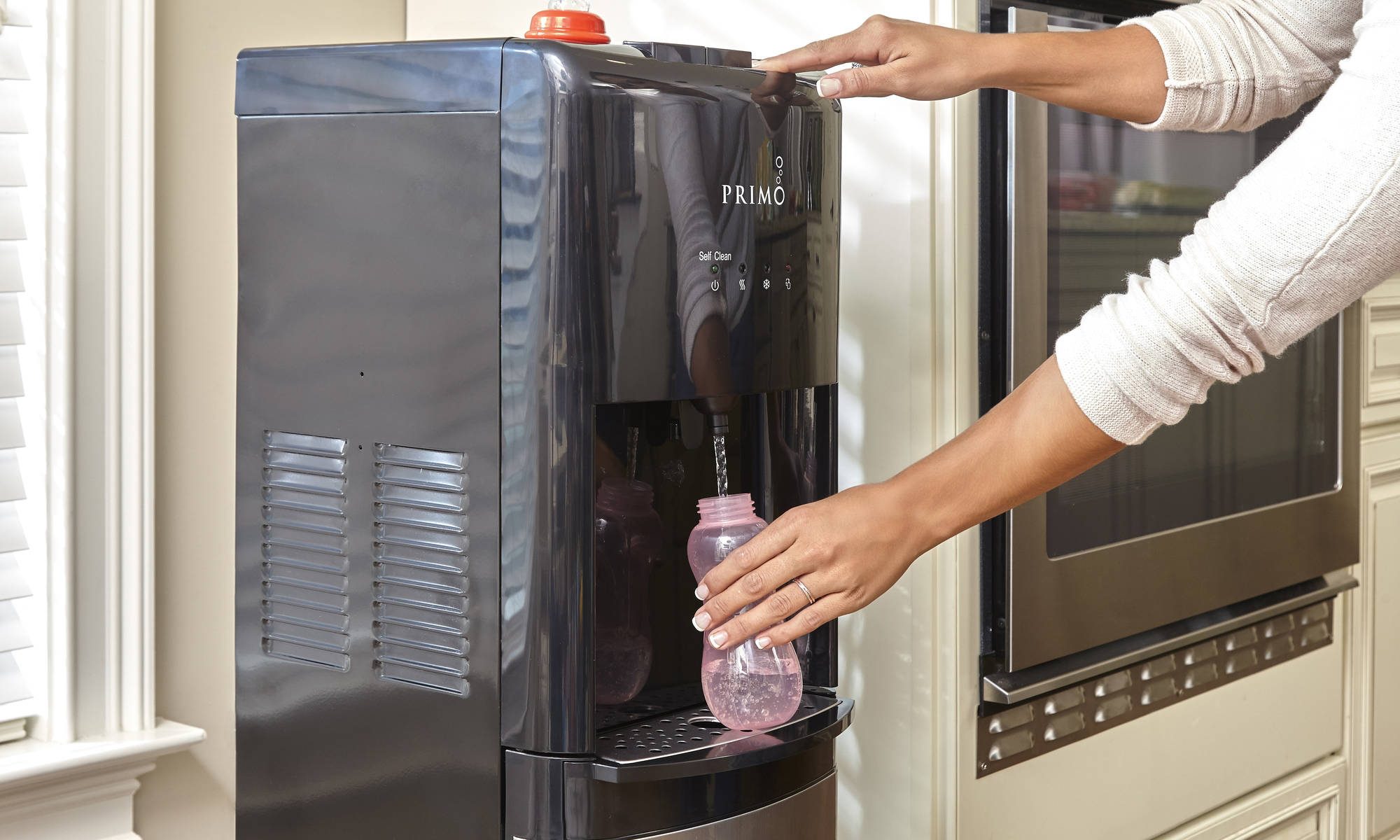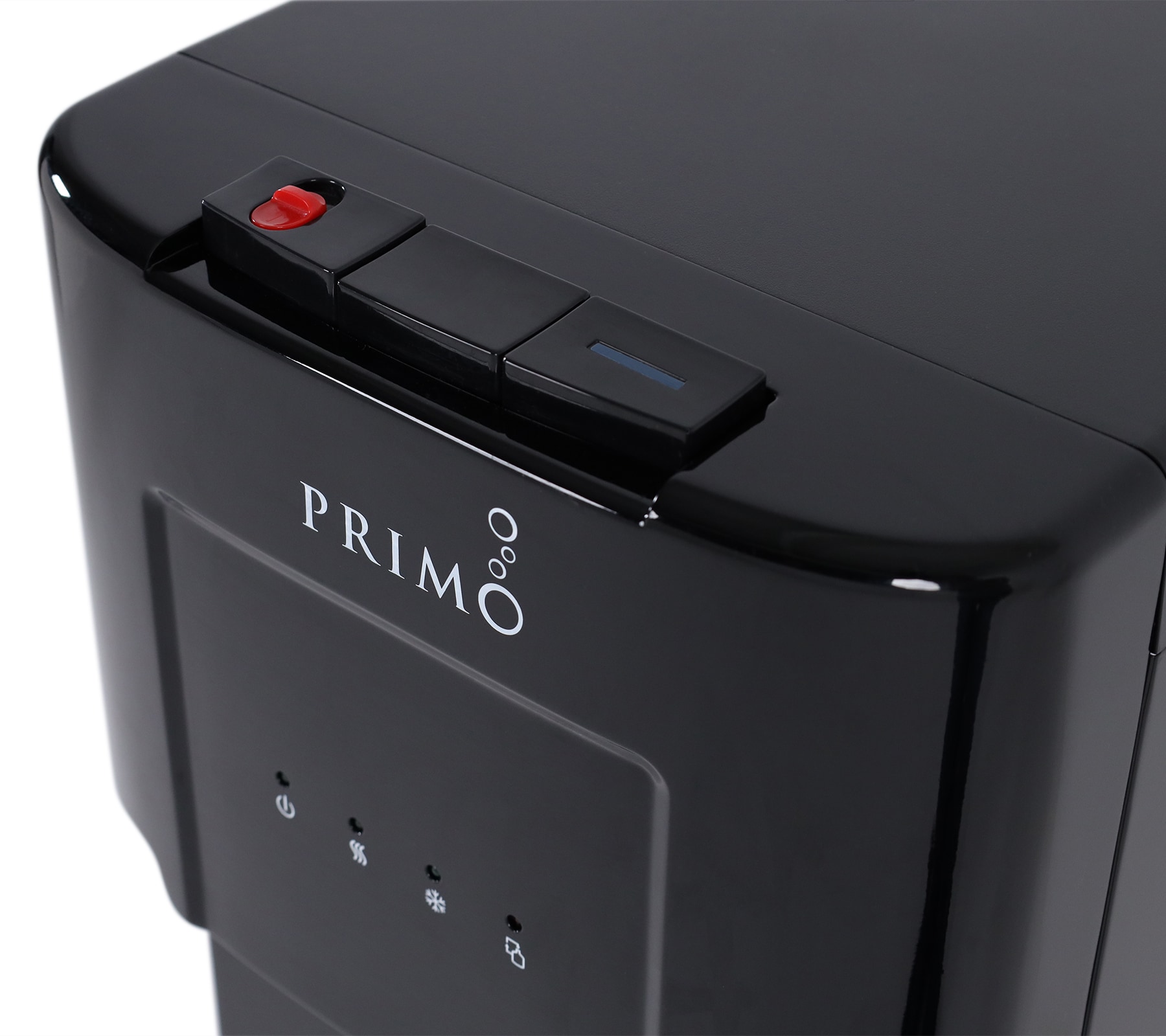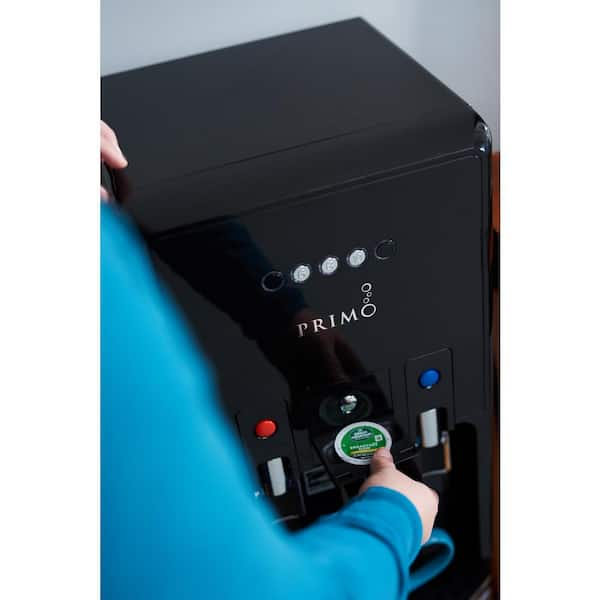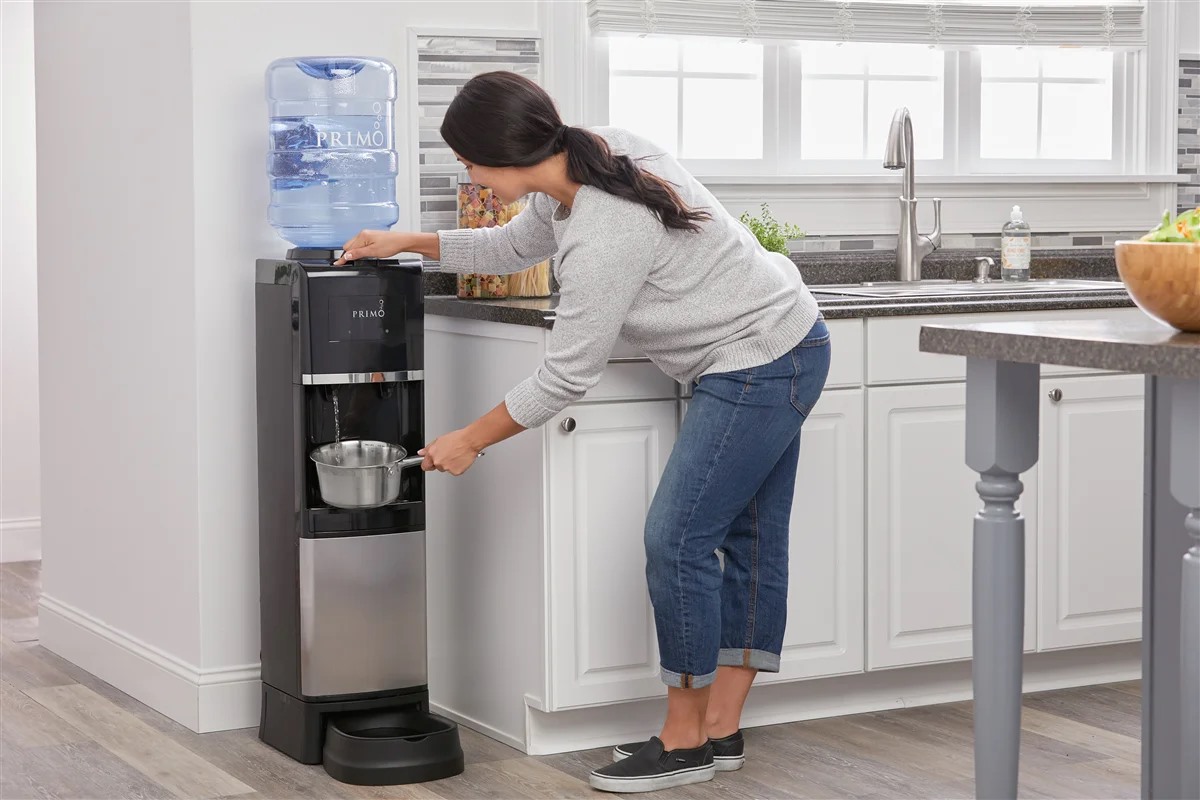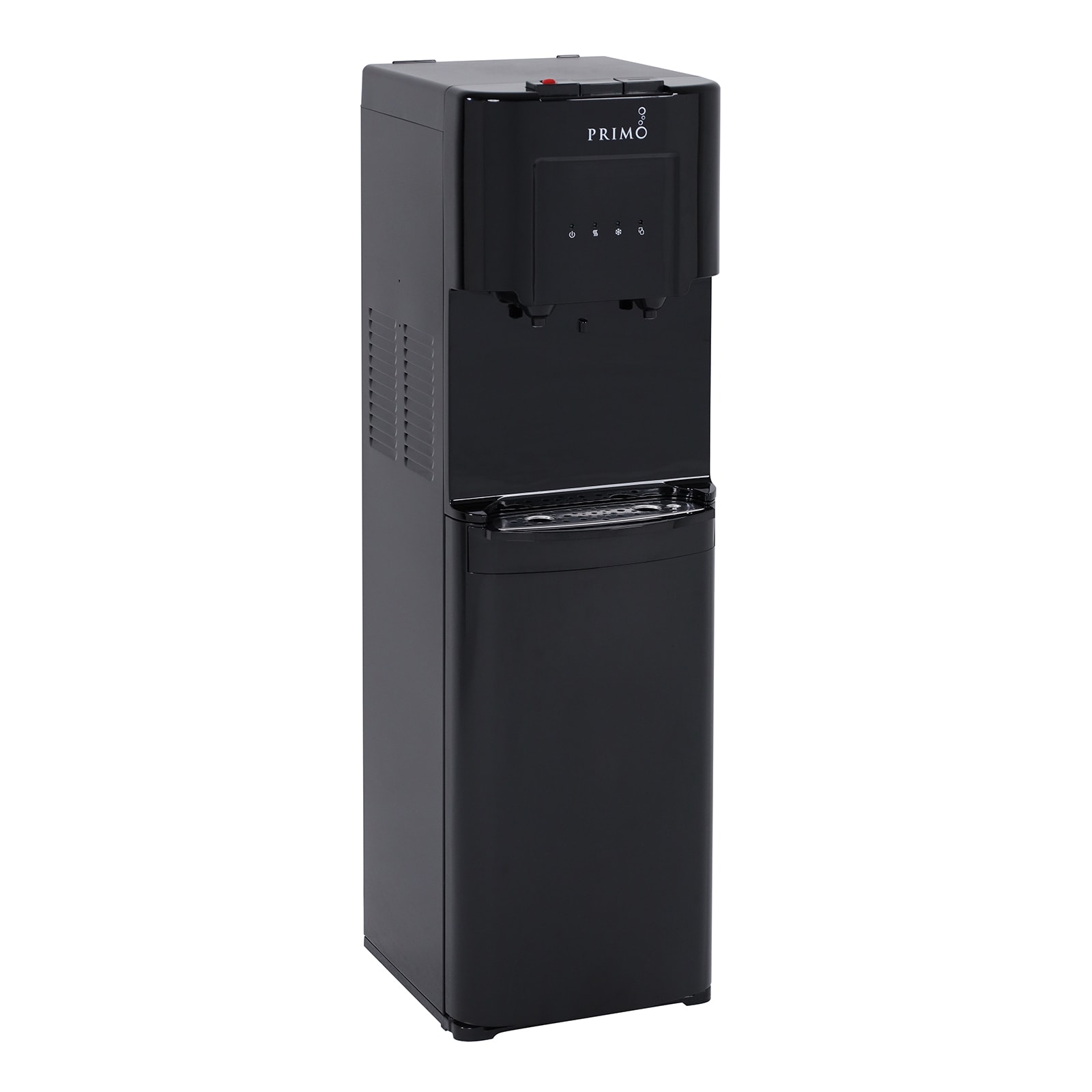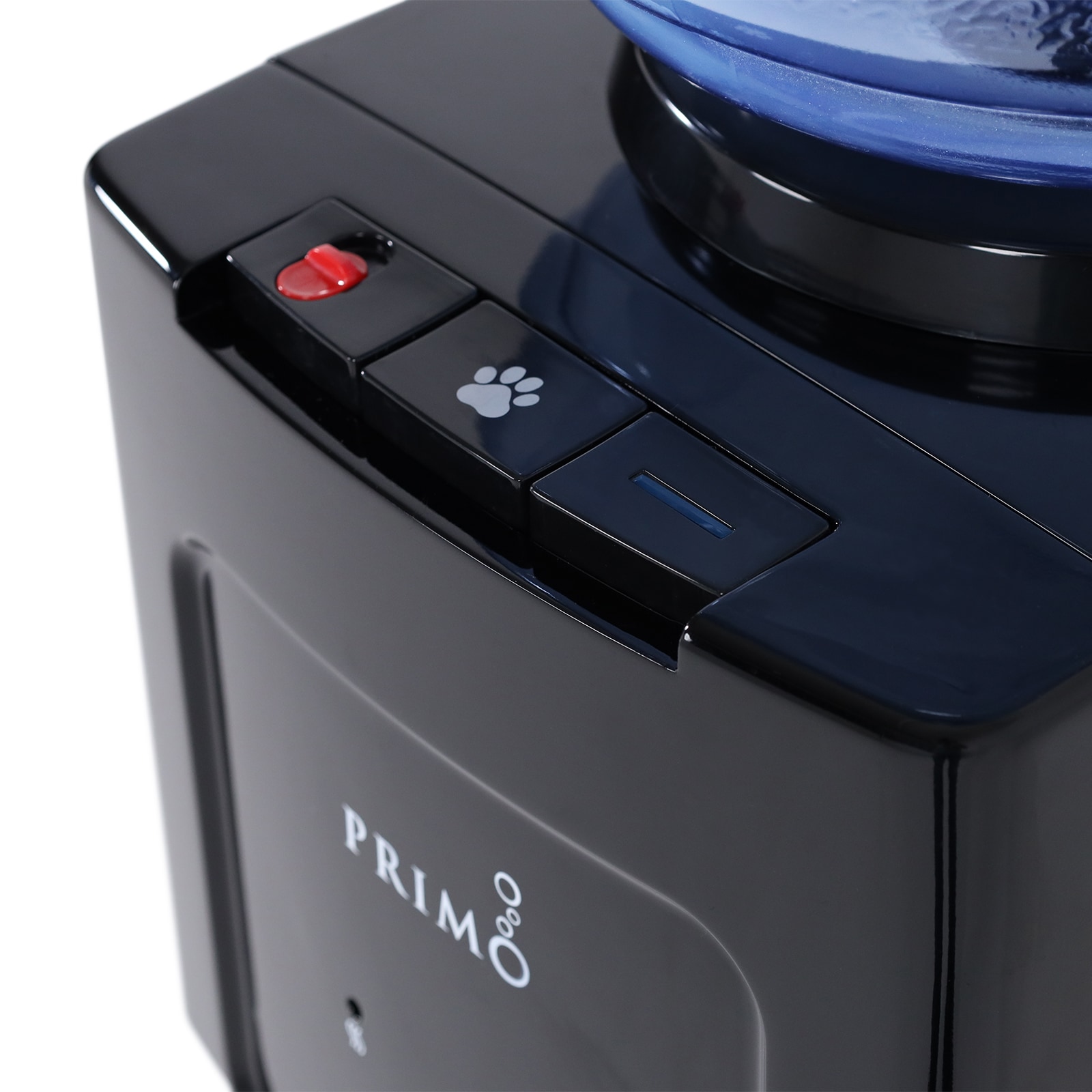How to get iron stain out of clothes? Iron stains on clothing can be a frustrating and persistent problem, leaving unsightly marks that seem impossible to remove. Whether it’s the result of an iron mishap or the accumulation of mineral deposits, these stubborn stains can quickly ruin the appearance of your favorite fabrics. However, with the right knowledge and techniques, you can effectively eradicate iron stains and restore your clothes to their former glory.
In this comprehensive guide, we’ll explore a variety of proven methods and expert tips for removing iron stains from garments, helping you tackle this common laundry challenge with confidence. From pre-treating strategies to specialized cleaning solutions, we’ll cover all the essential steps to ensure your clothes look fresh and stain-free, no matter the severity of the iron marks.
Prepare to bid farewell to those unsightly iron stains and reclaim the pristine appearance of your wardrobe. With the knowledge and tools provided in this article, you’ll be equipped to tackle even the most stubborn iron stains, keeping your clothes looking their best and prolonging their lifespan.
Understanding the Nature of Iron Stains
Before diving into the removal process, it’s crucial to understand the underlying causes and characteristics of iron stains, as this knowledge will inform the most effective approach.
How to get iron stain out of clothes? Identifying the Source of Iron Stains
Iron stains can originate from a variety of sources, each with its own unique properties and challenges.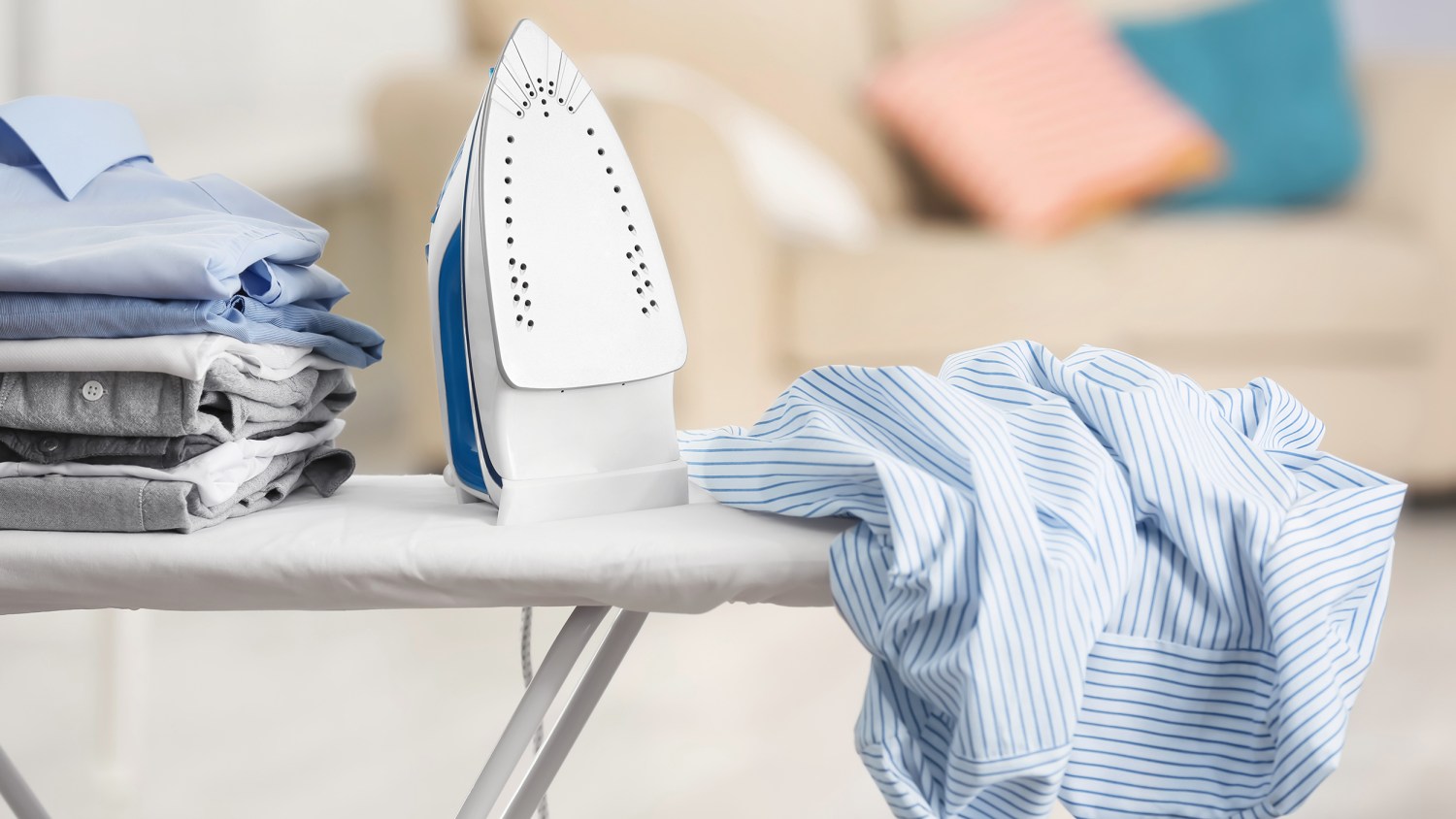
Ironing Mishaps
When an iron is left on a garment for too long or the temperature is set too high, it can lead to the transfer of iron deposits, resulting in stubborn stains.
Mineral-Rich Water
In areas with high mineral content in the water, the accumulation of iron and other minerals can leave behind persistent stains on fabrics during the washing process.
Environmental Factors
Exposure to iron-rich soil, rust, or other environmental sources can also contribute to the formation of iron stains on clothing.
Understanding the Chemical Composition of Iron Stains
Iron stains are typically composed of ferric oxide, a reddish-brown compound that can be challenging to remove from fabrics.
The Oxidation Process
The chemical reaction between iron and oxygen leads to the formation of ferric oxide, which becomes embedded in the fabric’s fibers, making it difficult to extract.
The Stubborn Nature of Iron Stains
The strong bond between the iron compounds and the fabric’s fibers is what makes iron stains particularly persistent and resistant to traditional cleaning methods.
How to get iron stain out of clothes? Effective Strategies for Removing Iron Stains
Tackling iron stains requires a multifaceted approach, utilizing a combination of pre-treating techniques and specialized cleaning solutions to effectively break down and remove the stubborn marks.
Pre-Treating the Iron Stain
Proper pre-treatment is the crucial first step in the stain removal process, helping to loosen and lift the iron compounds from the fabric.
Soaking in Acidic Solutions
Submersing the stained garment in a solution of water and an acidic substance, such as white vinegar or lemon juice, can help to dissolve the ferric oxide.
Applying Stain-Lifting Powders
Specialized stain-lifting powders, often containing oxalic acid or other chelating agents, can be directly applied to the stain and allowed to sit before washing.
Agitating the Stain
Gently scrubbing or rubbing the stained area with a soft-bristled brush or sponge can help to physically dislodge the embedded iron compounds.
Leveraging Specialized Cleaning Solutions
Once the pre-treatment has loosened the iron stain, the next step is to utilize specialized cleaning products designed to effectively remove the stubborn marks.
Oxygen-Based Bleaches
Oxygen-based bleaches, such as hydrogen peroxide or sodium percarbonate, can break down the ferric oxide and lift the stain from the fabric.
Iron-Specific Cleaners
Commercial iron stain removers, often containing acids or chelating agents, are formulated specifically to target and eliminate iron-based stains.
Homemade Cleaning Mixtures
A simple solution of water, white vinegar, and a small amount of dish soap can also be an effective homemade iron stain remover.
Employing Proper Washing Techniques
Ensuring that you follow the correct washing and drying procedures can further enhance the effectiveness of your iron stain removal efforts.
Washing in Hot Water
Washing the stained garment in hot water can help to activate the cleaning agents and facilitate the removal of the iron compounds.
Avoiding High Heat Drying
Allowing the garment to air dry or using a low-heat setting can prevent the iron stain from setting further during the drying process.
Repeating the Removal Process
In some cases, multiple treatment and washing cycles may be necessary to fully eradicate stubborn iron stains, so be patient and persistent.
Preventing Future Iron Stains
Alongside effective removal techniques, implementing preventive measures can help you avoid the frustration of dealing with iron stains in the future.
Adjusting Ironing Practices
Proper ironing techniques and maintenance of your iron can go a long way in preventing iron transfer stains.
Regulating Iron Temperature
Ensure that the iron temperature is appropriate for the fabric being ironed and avoid leaving the iron on a garment for too long.
Cleaning and Maintaining the Iron
Regularly cleaning and descaling your iron can remove any built-up mineral deposits that could potentially transfer to your clothing.
Addressing Water Quality Issues
If you suspect that your water supply is contributing to the formation of iron stains, there are steps you can take to mitigate the problem.
Installing a Water Softener
Investing in a water softener system can effectively remove excess minerals, including iron, from your water supply.
Using Distilled Water for Washing
Switching to distilled water for laundry tasks can prevent the introduction of iron and other mineral deposits onto your fabrics.
Incorporating Preventive Measures into Laundry Routines
Implementing simple, proactive steps into your regular laundry routine can help you stay ahead of potential iron stain issues.
Pre-Treating Clothing Before Washing
Making a habit of pre-treating garments with an appropriate stain remover or soaking solution can help prevent iron stains from setting in.
Monitoring Wash Water Temperatures
Ensuring that you’re washing clothes in the recommended water temperature range can also contribute to the prevention of iron stain formation.
Tackling Stubborn Iron Stains on Specialized Fabrics
While the methods discussed earlier are effective for a wide range of fabrics, certain delicate or specialized materials may require additional care and consideration when dealing with iron stains.
Addressing Iron Stains on Silk or Satin
Silk and satin fabrics require a more gentle approach to avoid damaging the delicate fibers.
Using Mild Detergents and Spot-Cleaning
Opt for gentle, pH-neutral detergents and focus on spot-cleaning the affected areas rather than subjecting the entire garment to harsh treatments.
Avoiding Harsh Chemicals
Steer clear of harsh chemicals, such as bleach or harsh stain removers, as they can compromise the integrity of silk and satin fabrics.
Removing Iron Stains from Wool or Cashmere
Wool and cashmere require extra care, as the fibers can be sensitive to certain cleaning methods.
Gentle Hand-Washing Techniques
Hand-washing the garment in a mild, wool-safe detergent solution can be a more effective and less damaging approach for these delicate fabrics.
Considering Professional Dry Cleaning
For particularly stubborn iron stains on wool or cashmere, it may be best to seek the expertise of a professional dry cleaner.
Tackling Iron Stains on Delicate Fabrics
Certain lightweight or sheer fabrics, such as chiffon or lace, may need specialized handling to remove iron stains without causing damage.
Testing Stain Removal Methods
Always perform a spot test on a small, inconspicuous area of the garment to ensure the chosen treatment method is safe for the fabric.
Seeking Professional Assistance
For delicate fabrics or particularly challenging iron stains, it’s often best to consult with a professional dry cleaner or fabric restoration expert.
Conclusion: Reclaiming the Pristine Appearance of Your Wardrobe
Eradicating iron stains from your clothing can be a daunting task, but with the right knowledge and techniques, you can effectively tackle even the most stubborn marks and reclaim the pristine appearance of your wardrobe. Through this comprehensive guide, you have uncovered the underlying causes of iron stains, explored a range of proven removal strategies, and learned about preventive measures to avoid future issues.
Whether it’s an ironing mishap, mineral-rich water, or environmental factors, the ability to successfully remove iron stains from your clothing can save you the frustration of having to replace or discard favorite garments. By incorporating the pre-treating techniques, specialized cleaning solutions, and proper washing procedures outlined in this article, you’ll be equipped to tackle even the most persistent iron stains, restoring your clothes to their former glory.
As you continue to navigate the laundry challenges presented by iron stains, remember to approach the problem with a systematic and persistent mindset. Embrace the knowledge you’ve gained, experiment with different removal methods, and don’t be afraid to seek professional assistance for delicate or particularly stubborn cases. With dedication and the right tools, you can effectively eradicate iron stains and maintain the pristine appearance of your clothing for years to come.
Reclaim the beauty and longevity of your wardrobe by conquering the battle against iron stains. Let this comprehensive guide be your trusted resource, empowering you to tackle this common laundry obstacle with confidence and restore your clothes to their optimal condition.








